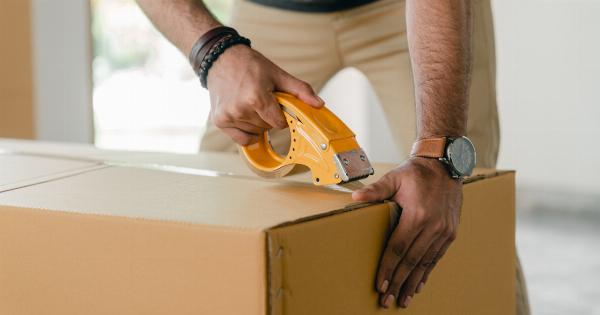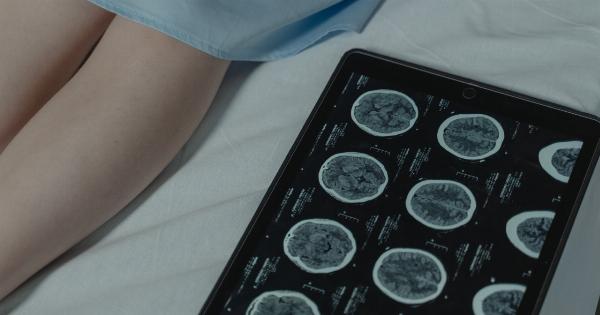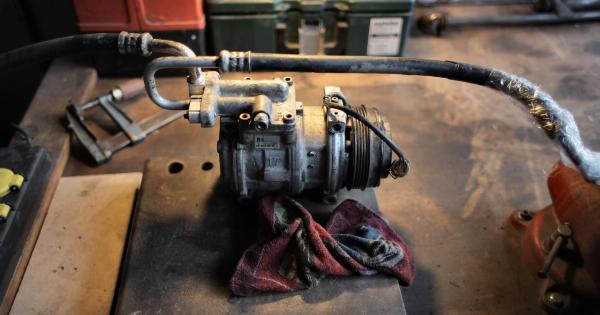Roofing contractors and homeowners alike have long had to rely on manual inspection to identify even minor faults and irregularities in their rooftops. Not only is this process time-consuming and cumbersome, but it is also ridden with errors.
All of this is now a thing of the past, thanks to a groundbreaking new software that can identify and mark unusual rooftops.
What is the software, and how does it work?
The software is a machine learning algorithm that has been trained to recognize known structures and identify irregularities in them.
The algorithm has access to a database of the most commonly used and recognizable rooftops, which it uses to analyze aerial imagery of housing and commercial complexes to spot unusual rooftops.
The initial phase of the algorithm involves analyzing the layout and structure of the rooftops in the database and identifying the most common features shared among them.
The software then uses these shared features to identify and mark any unusual features found in the rooftop imagery. The anomalies could include anything from unusual shapes to structural anomalies.
Once the algorithm has pinpointed the unusual rooftops, it provides contractors and homeowners with detailed information regarding the specific areas of concern.
This data not only saves time but also reduces the likelihood of errors in the evaluation process that can lead to costly mistakes in rooftop repairs.
How the software benefits roofing contractors and homeowners
The software has significant economic and safety implications. It reduces the need for manual rooftop inspections, which can be cumbersome and time-consuming for contractors and homeowners alike.
Additionally, the software vastly improves the accuracy and precision of rooftop inspections, which could save homeowners and businesses from costly repairs that result from incorrect or incomplete inspections.
Roofing contractors who incorporate this software into their inspection process could also benefit significantly. Not only does the software reduce errors and time involved in the inspection of rooftop, but it also provides a competitive advantage.
Thus, roofing contractors can provide a more efficient and precise inspection process, which could differentiate them from competitors who rely on manual inspection methods.
Potential limitations of the software
While the software presents a significant advance in the inspection of rooftops, it is not without its limitations. One of the most significant limitations is the requirement for a significant amount of data.
The algorithm requires vast amounts of imagery of rooftops to develop its machine learning model and accurately identify unusual rooftops. This means that the software may struggle with identifying unusual rooftops in areas where there are limited imagery data.
Moreover, the software is vulnerable to outliers, which may be incorrectly identified as unusual rooftops. This could occur in cases where the imagery is of low quality or where there are multiple structures that interfere with the rooftop structure.
Contractors and homeowners must, therefore, exercise caution when interpreting data supplied by the software.
Conclusion
The groundbreaking software has revolutionized rooftop inspections by incorporating machine learning algorithms. This has led to increased efficiency, precision, and accuracy in detecting unusual rooftops.
The software’s potential benefits are significant and will save homeowners and businesses from the costly errors of manual inspections. As the software continues to evolve, it is likely to become more accurate and efficient, opening the door to even greater applications.


























